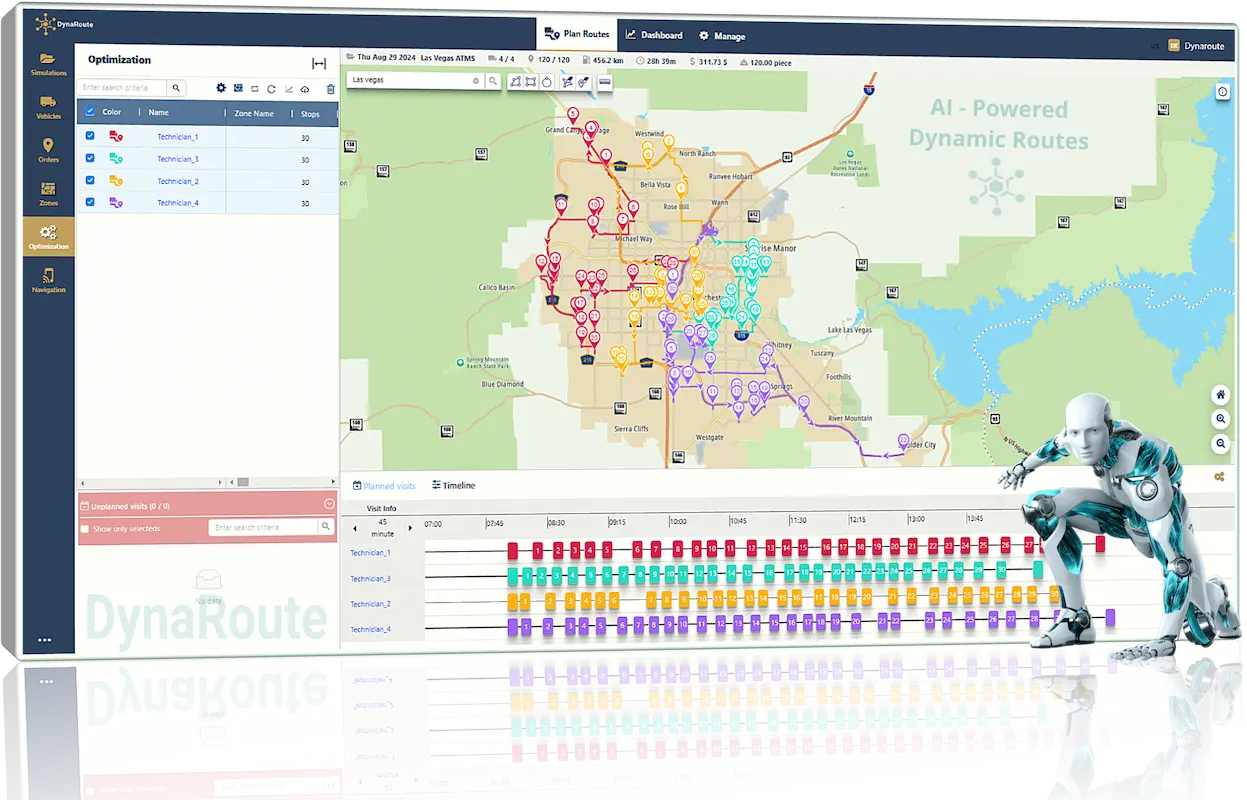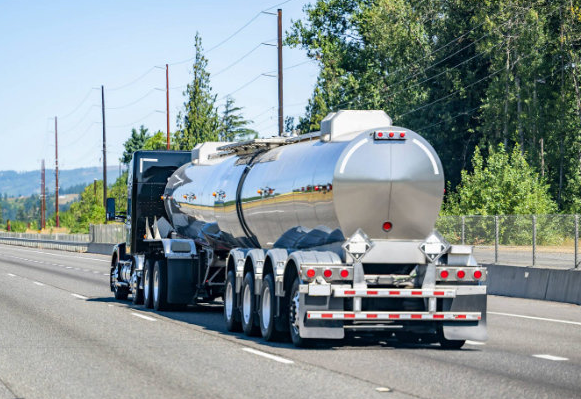Editor's Pick


Route optimization is crucial for several reasons: 1. Cost Efficiency: By minimizing travel distance and time, route optimization significantly reduces fuel consumption and operational costs. It also decreases vehicle wear and tear, leading to lower maintenance expenses. 2. Improved Customer Satisfaction: Optimized routes ensure timely deliveries, meeting customer expectations and enhancing satisfaction. Real-time updates on delivery status increase transparency and reliability. 3. Environmental Benefits: Efficient routing reduces fuel consumption and greenhouse gas emissions, contributing to a more sustainable operation. 4. Competitive Advantage: Businesses that optimize their routes can offer better prices and service levels, gaining an edge over competitors. It also allows for scalability without a proportional increase in costs. Route optimization works through a structured process that involves several key steps: The first step involves gathering accurate and comprehensive data. This includes: By following these steps, route optimization ensures that delivery operations are carried out in the most efficient and cost-effective manner, enhancing overall productivity and sustainability.How does Route Optimization Work?
1. Data Collection
2. Algorithm Selection
Various algorithms can be used for route optimization, including:
3. Data Input
Input the collected data into Dynaroute.ai . This software uses the chosen algorithms to process the data and generate optimized routes.4. Algorithm Execution
The software runs the optimization algorithms, taking into account all constraints and variables, to determine the most efficient routes.5. Route Adjustment
Real-time data, such as traffic updates or changes in delivery requirements, may necessitate adjustments to the generated routes. The software can dynamically adjust the routes to maintain efficiency.6. Output Generation
The final optimized routes are provided, detailing the sequence of stops for each vehicle and the expected travel times.





